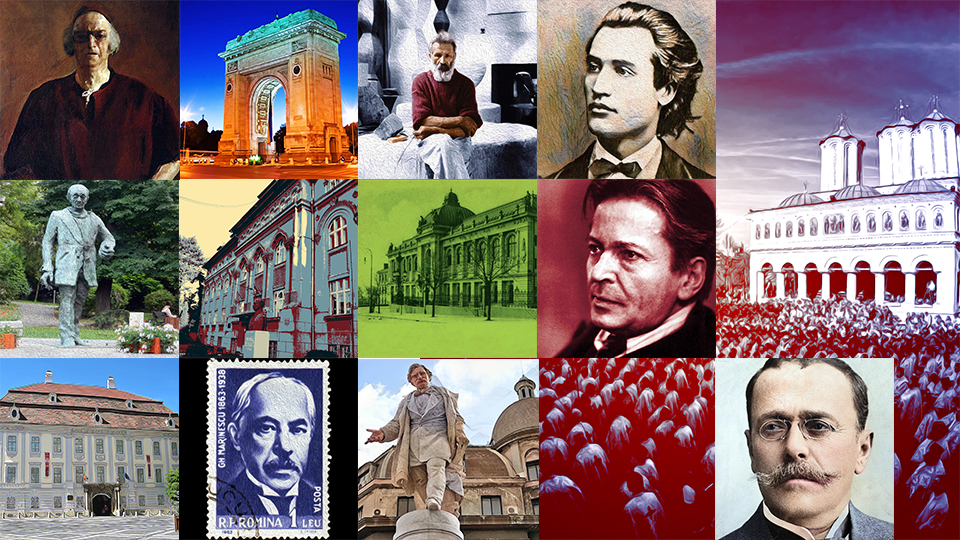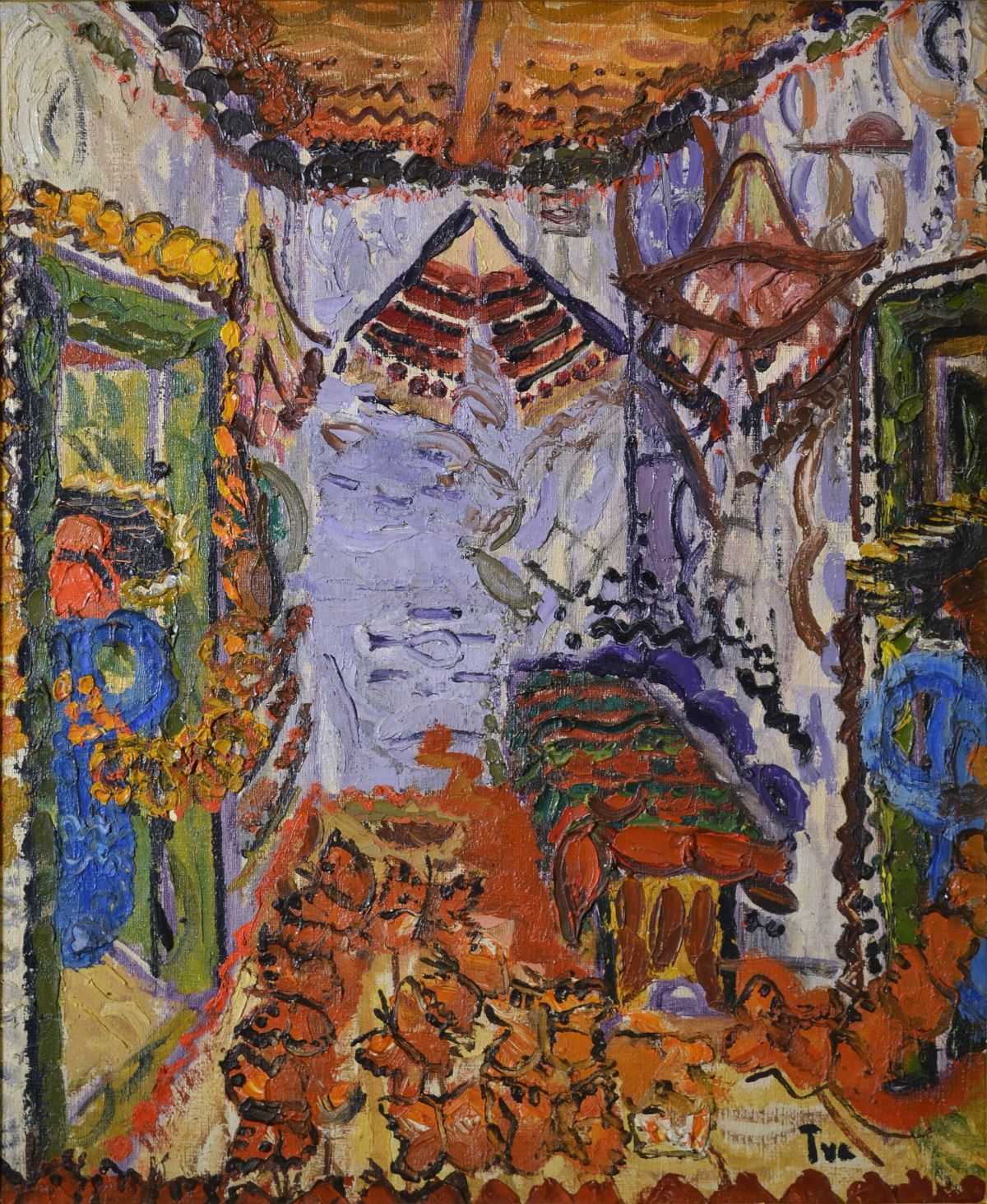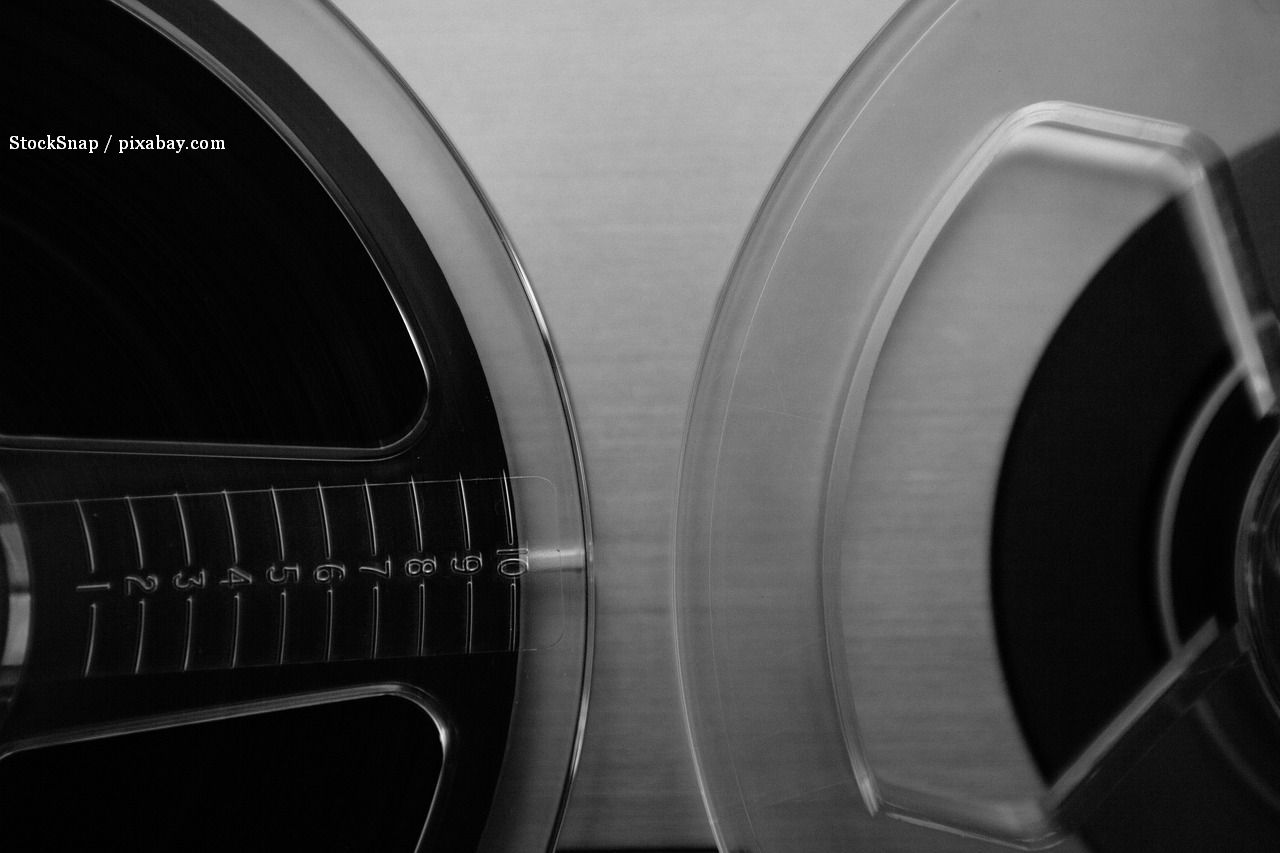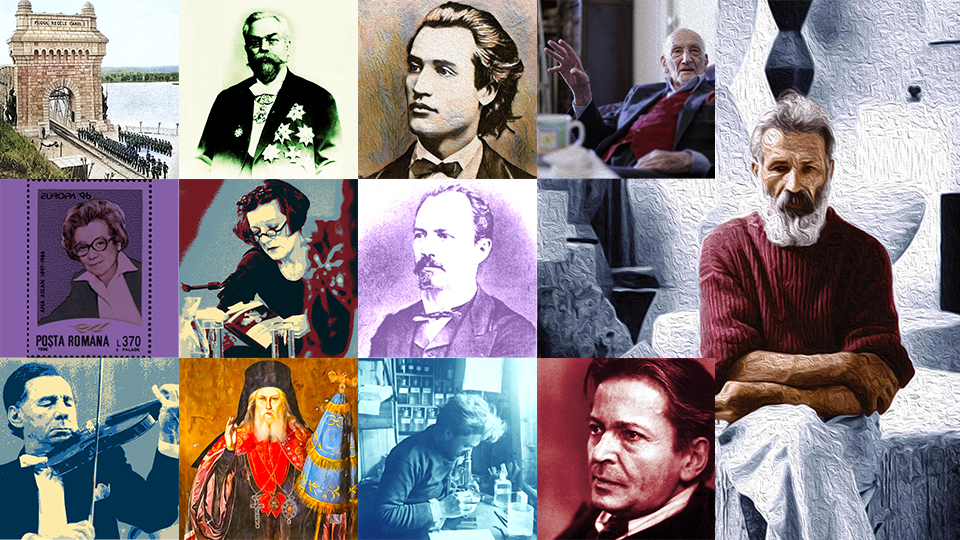New Faces of Old Weapons
The History Museum has dedicated an exhibition to WWI weapons

Steliu Lambru, 06.04.2019, 12:21
Weapons are like
any other object conceived by the human mind and made by human hands, a
testimony to creativity, imagination, and science. Even though they are meant
to kill, hunt, and wage war, they don’t cease to elicit admiration for the
skills involved in making them. Many prestigious museums have impressive weapon
collections that they offer to the public. Museums restore and preserve weapons
as heritage artifacts, even though they are related often to tragic events of
the past.
Romania’s
National History Museum continues a series of events that commemorates the
centennial of WWI with exhibitions of weapons used a century ago. The museum’s
expert selected from the museum collections in storage some weapons that they
restored for putting into exhibitions. We asked restoration expert Paul Popa
about what he does:
The exhibition New Faces for Old Weapons consists of weapons from WWI, most of them heavily restored. Restoring weapons is
like restoring anything that is metal based, but for weapons you need more
technical knowledge and understanding more. I restored the entire weapon,
including its mechanism. First you have to take apart the weapon piece by
piece, then put it back together likewise. The procedure means removing rust
and corrosion, then oiling the parts, and maintaining them in good working
order.
The exhibition
New Faces for Old Arms offers visitors the opportunity to see close up objects
that have changed the destiny of millions. Restoration expert Bogdan Mladin
spoke to us about the concept of the exhibition that he was in charge of,
alongside his colleague Paul Popa. The two wanted to have an exhibition
showcasing not just weapons, but other military equipment as well, such as the
Adrian firefighter helmet, which helped save countless lives. Also, in order to
give the exhibition a personal touch, they included the diary of a soldier.
We have a
wide range of weapons, from semi-automatic pistols to revolvers, carbines,
rifles, and machine guns. One special piece is the Chauchat machine gun, 1915
model French weapon, which was brought in 1916 in Romania by the French
mission. It took the most work, it had the worst problems, missing parts, and
this was the most challenging on the technical side. We managed to restore it
in the end, we also had models where we could manufacture the missing parts.
Overall, most weapons in the exhibition had such problems. We also have
captured enemy weapons, we have a Russian Nagant revolver, model 1895, we have
German Steyr semi-automatic pistols, so we have weapons from many countries,
purchased or acquired by the Romanian armed forces. We also have ammunition and
bayonets. We tried to pair up weapons with their respective bayonets, where we
could. We also have the Adrian helmet, brought in 1916 to the country by the
French mission. We exhibit munitions, spent rounds, as well as two diaries kept
by a Romanian soldier.
We asked Bogdan
Mladin if the weapons have been used, and asked him to trace them back to the
war, to tell us how they got from the front lines to the display case:
In order to
make sure that they have been used, we need ballistic analysis. We suspect that
they mostly were. They were in a fairly advanced state of degradation. In the
1970s they were given to the Romanian National Museum, by transfer from other
museums, and they were in a pretty sorry state. They needed restoring in order
to have them exhibited. Here we have weapons exclusively from WWI, but the
National History Museum collection has weapons from most historical periods. We
will gradually bring them to the lab to restore them, in order to be able to
offer them to the public to see.
Weapons remain
an attraction, they are part and parcel of human culture and societies. The
more newer generation advanced weapons appear, the more people are fascinated
with the old ones, in their boundless curiosity.






























